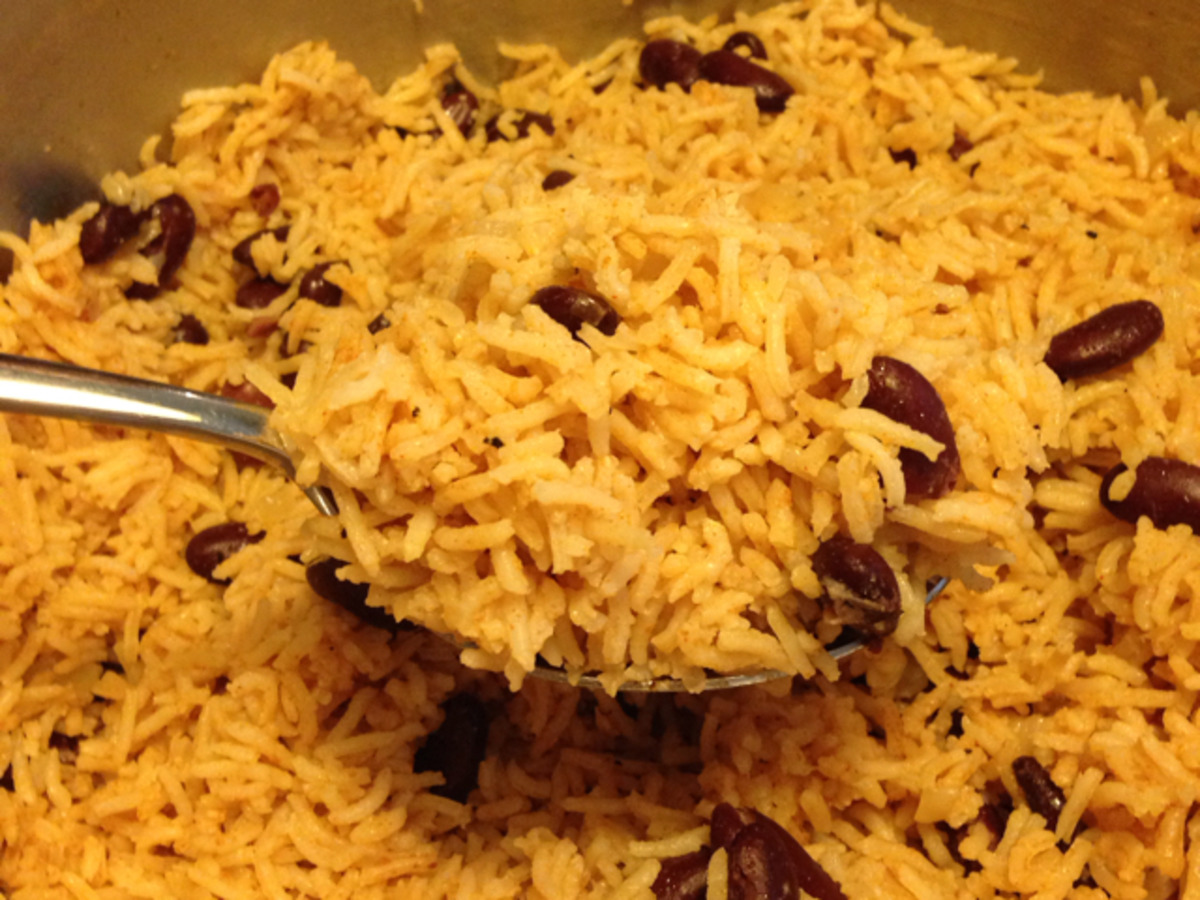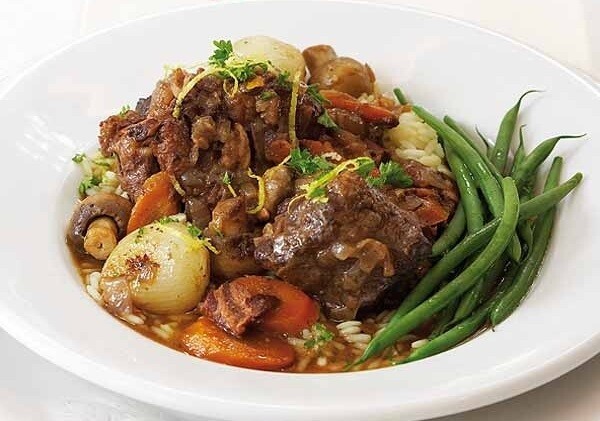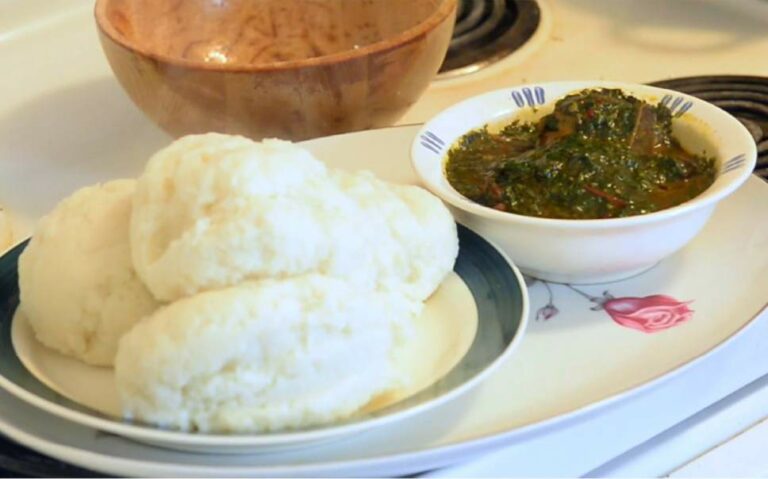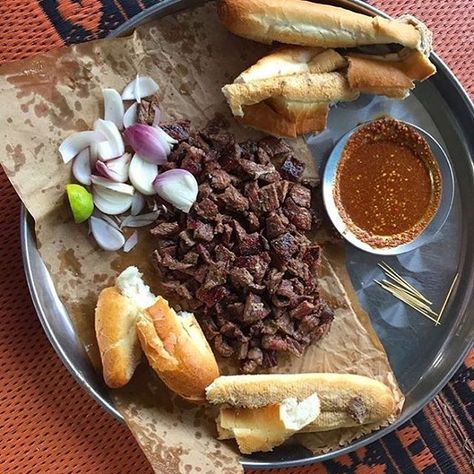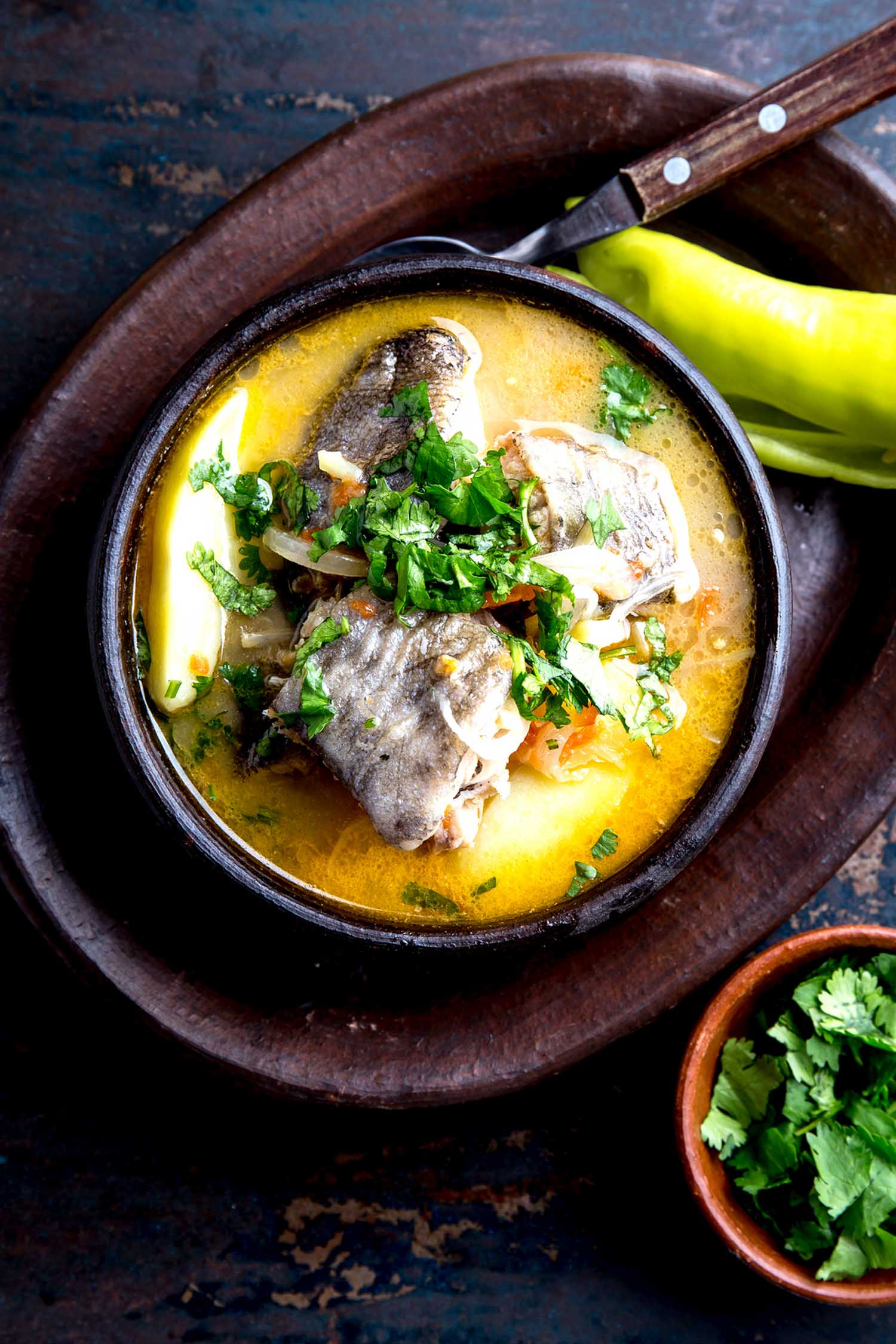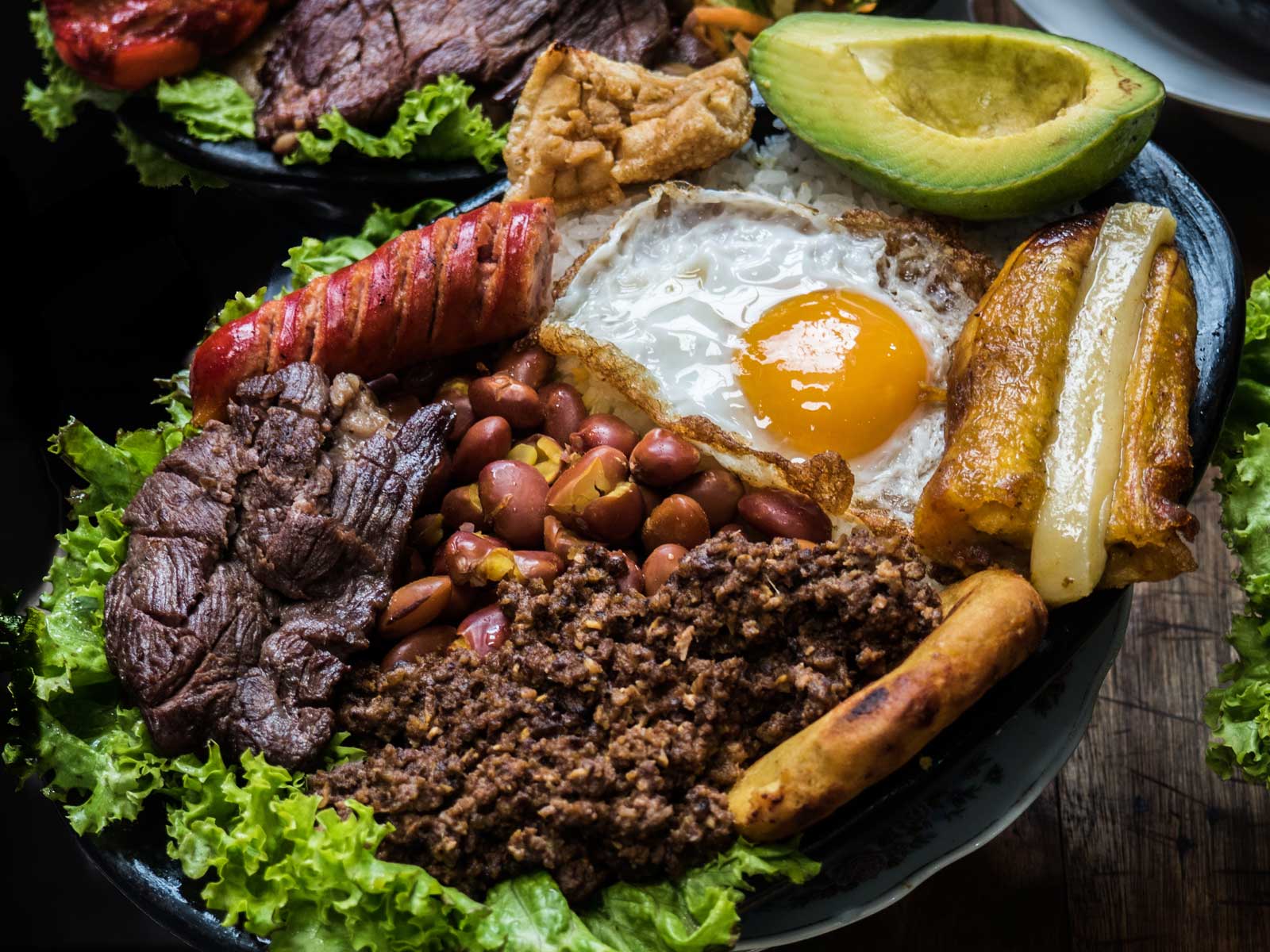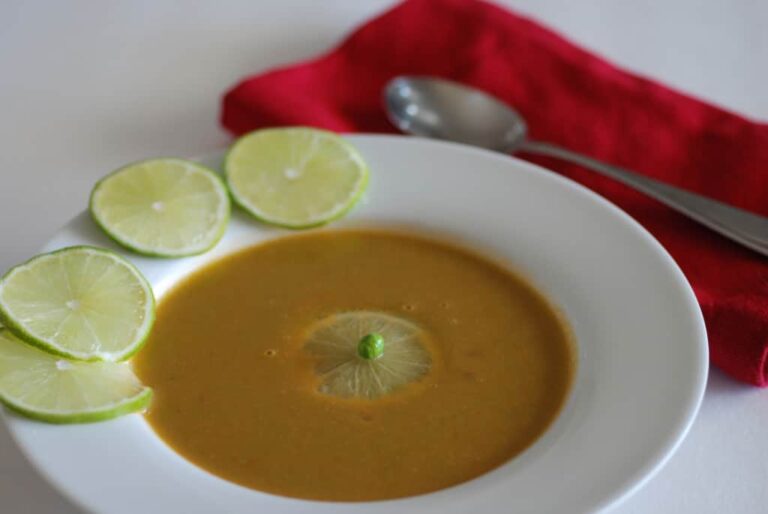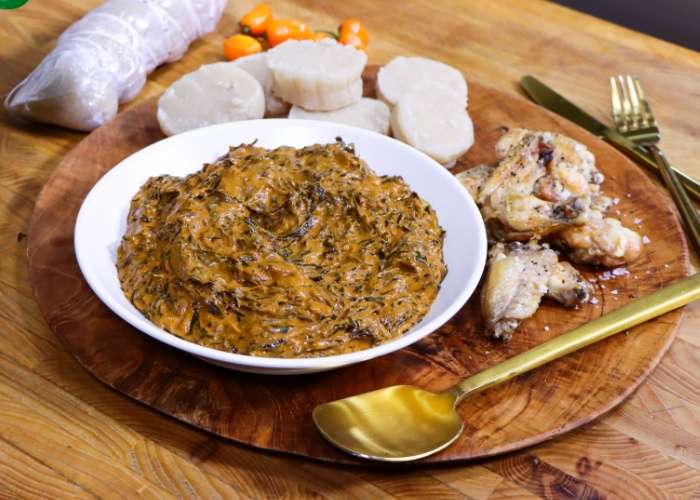Introduction to Cabo Verdean cuisine
Cabo Verdean cuisine is a fusion of African, Portuguese, and Brazilian influences, with a focus on fresh and simple ingredients. Located off the coast of West Africa, the islands of Cabo Verde have a rich culinary tradition that reflects the country’s history of trade and colonization. The cuisine is known for its use of seafood, spices, and herbs, as well as staples like rice, beans, and cornmeal.
Staple ingredients in Cabo Verdean dishes
Rice, beans, and cornmeal are the most common staples in Cabo Verdean cuisine. Rice is often served with stews, meat dishes, and fish, while beans are used in soups and as a side dish. Cornmeal is used to make the traditional dish called “cachupa,” which is a stew of corn, beans, and vegetables. Other common ingredients include sweet potatoes, cassava, and yams.
Fish and seafood in Cabo Verdean cuisine
Fish and seafood are integral to Cabo Verdean cuisine, given the country’s location in the Atlantic Ocean. Tuna, grouper, and swordfish are popular fish varieties, while lobster, shrimp, and octopus are also frequently eaten. Fish is often cooked in a stew with vegetables and spices, while seafood is often grilled or fried and served with rice.
Meat in Cabo Verdean dishes
Although fish and seafood are the main proteins in Cabo Verdean cuisine, meat dishes are also popular. Chicken, pork, and goat are the most commonly used meats, often served in stews or grilled. Cabo Verdean sausages, known as “linguiça,” are also a popular ingredient in stews and bean dishes.
Vegetables in Cabo Verdean cuisine
Vegetables are an important component of Cabo Verdean cuisine, with a focus on fresh and locally sourced produce. Popular vegetables include sweet potatoes, cassava, yams, tomatoes, onions, and peppers. These vegetables are often used in stews and soups, as well as in side dishes and salads.
Spices and herbs in Cabo Verdean cooking
Spices and herbs are an essential part of Cabo Verdean cuisine, adding flavor and complexity to dishes. Common spices include cumin, paprika, and black pepper, while herbs such as bay leaves and parsley are used to add freshness. Piri-piri, a hot pepper sauce, is also a popular condiment.
Rice, beans, and cornmeal in Cabo Verdean cuisine
As mentioned earlier, rice, beans, and cornmeal are staple ingredients in Cabo Verdean cuisine. These ingredients are used in a variety of dishes, including stews, soups, and casseroles. Cachupa, a dish made with cornmeal, beans, and vegetables, is considered the national dish of Cabo Verde.
Desserts and sweets in Cabo Verdean dishes
Desserts and sweets are an important part of Cabo Verdean cuisine, often featuring tropical fruit and sweetened condensed milk. Popular desserts include “papaia,” a papaya and coconut milk pudding, and “torta de banana,” a banana cake. Cabo Verdean coffee is often served with a sweet treat, such as cookies or pastries.
In conclusion, Cabo Verdean cuisine is a reflection of the country’s diverse cultural history, using fresh and simple ingredients to create flavorful and hearty dishes. From seafood stews to bean soups to sweet desserts, Cabo Verdean cuisine offers a unique and delicious culinary experience.

